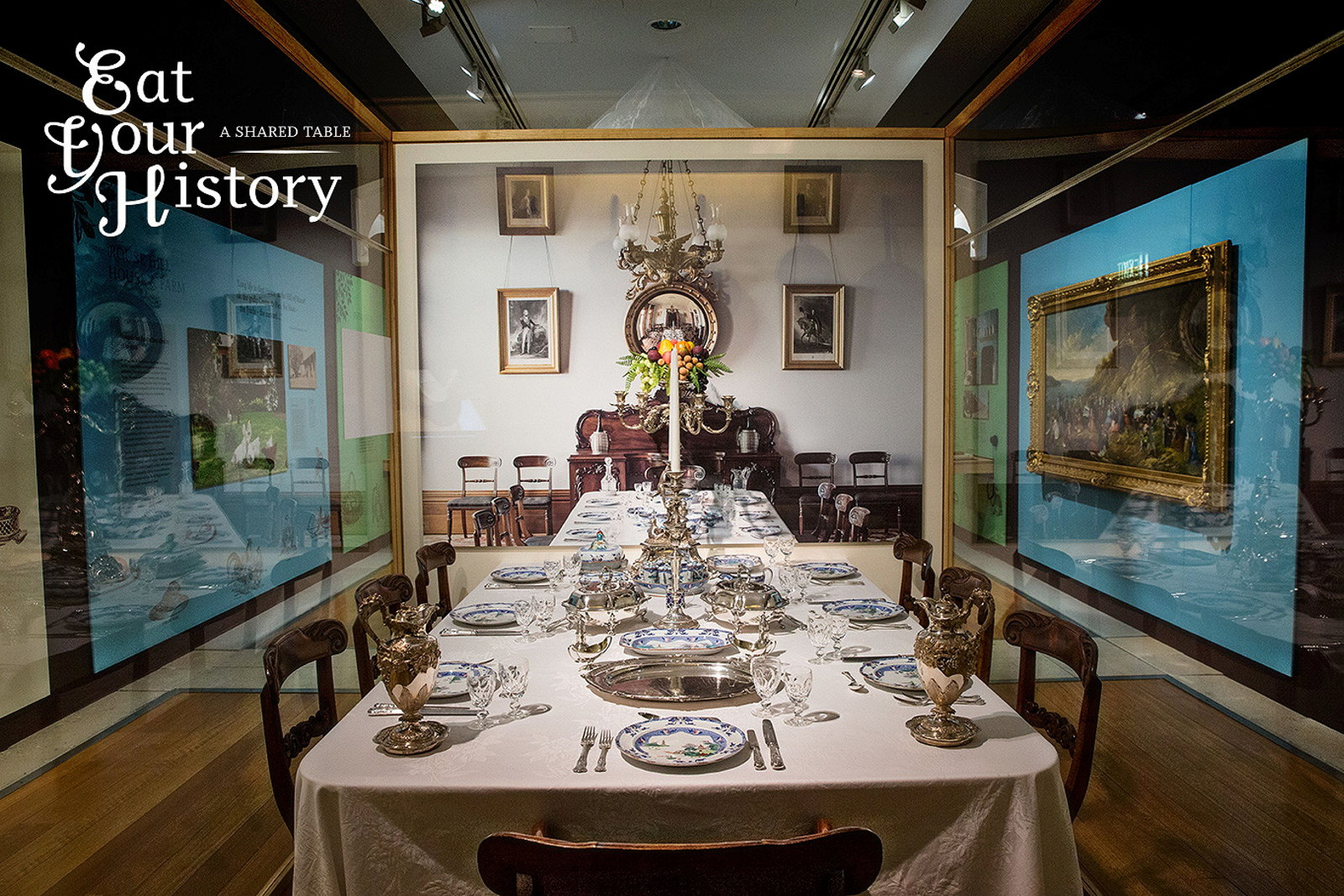Eastern influences on colonial dining
Two intricately painted and monogrammed china plates that were once part of a large dessert service made for the table of John and Elizabeth Macarthur, are testimony to an adventurous spirit in early colonial Sydney.
By the beginning of the Macquarie period (1810-21) Sydney was already a vibrant and cosmopolitan trading port, its entrepreneurial society thirsty for consumer goods. American ships were active in the Pacific and from 1803 the emancipist merchant Simeon Lord had exported sandalwood, valued for its aromatic qualities, on American ships from Fiji to Canton (today Guangzhou), the only Chinese port open to western traders since the mid-18th century. Lord's venture may have influenced John Macarthur's own ambitions to trade with China.
In 1808 he sent his nephew Hannibal Hawkins Macarthur to Canton with a cargo of sandalwood, hoping the venture would bankroll the import of valuable Chinese goods to Sydney. However, the venture proved unsuccessful, with Hannibal's cargo returning only half its estimated worth.
Chinese craftsmen were renowned for copying and adapting a range of decorative arts and their motifs for the export trade, a tradition that continues today in Shanghai and Shenzen.
In 1812 Hannibal married Anna Maria, the eldest daughter of former Governor Philip Gidley King, and the following year purchased the property Vineyard1 on the north side of Parramatta River, downstream from Elizabeth Farm. It is likely that these circumstances and his Canton voyage inspired him to commission two Chinese export porcelain dessert services, one for himself and the other for his uncle and aunt, John and Elizabeth Macarthur. He placed the order with family friend Walter Stevenson Davidson, who at the time was based in Canton and Macau as agent for the trading house Baring & Co.
Chinese craftsmen were renowned for copying and adapting a range of decorative arts and their motifs for the export trade, a tradition that continues today in Shanghai and Shenzen. The Macarthur plates have white backgrounds and enamel overglaze decoration, with vines, leaves and grapes trailing in from the edges to form an asymmetrical arrangement around the central gilt oval cartouche. (Grapes were a favourite motif associated with wine and dessert from classical antiquity onward s.) Following the custom of the day, the cartouche features the combined initials of the services' husband-and-wife owners - JEMcA (John and Elizabeth Macarthur) and HAMcA (Hannibal and Anna Maria Macarthur).
This was a lighter alternative to the practice of emblazoning a Chinese export dinner service with the crest of its owner, like the service commissioned by Lieutenant Hanbury Clements in 1817 now held in the Caroline Simpson Collection at The Mint.
Georgian dinners were presented on the table for maximum visual impact. From the rococo period onwards dessert services combined different shapes for a lighter mood. In addition to the circular side plates provided for each diner, the Macarthur services contained a reticulated basket (to hold berries or chestnuts) on a saucer, a rectangular plate with pinched corners, a leaf-shaped plate, and a plate shaped like an inverted heart, but in fact based on the ceremonial Chinese sceptre head or ruyi form, which references the body of the lingzhi fungus. While the China trade catered for European tastes, Europe's rococo sensibility owed much to China. The shaped plates of the Macarthur services related both to English porcelain dessert services and Chinese export wares. Though the source of the design for the Macarthur dessert plates is unclear, the (uyi shape may be an example of Chinese craftsmen imposing a renewed Chinese aesthetic on a piece intended for the European market.
In 1812 the Englishwoman Mrs E (most probably the wife of London merchant Samuel Enderby) wrote a series of menus for Anna Maria Macarthur in which she recommended a range of dishes we would today consider desserts - cheesecake, custard, flavoured creams and jellies, blancmange, puffs and tartlets. Interestingly, these appear in the second course or 'remove', which in Georgian dining combined sweet and cold savoury dishes. Mrs E's comment 'You may either put your fruit on table or have a dessert afterwards’2 implies that fruit (including grapes) was the staple of the dessert course. Elsewhere she recommends 'Fruits dried cherries, French plums, lemon & chips, raisins and almonds'.3
The Macarthur dessert services tell a particularly rich story of the colony's eagerness to trade directly with China, and of how geography and climate enriched our colonial dinner tables.
Contemporary accounts suggest that products such as preserved ginger and aniseed were imported from China to Sydney, where the preserved fruit. a vehicle for sugar and alcohol. complemented the fresh fruit of a colonial dessert.
Commissions of Chinese export porcelain such as those ordered by the Macarthurs were typically manufactured while the European merchants waited at Canton, their ships having arrived in July with one monsoon and unable to depart until the next monsoon in the following February.4 The journey was perilous, with risks of the cargo spoiling, of shipwreck and of the business negotiations falling through. The Macarthur dessert services therefore tell a particularly rich story of the colony's eagerness to trade directly with China, and of how geography and climate enriched our colonial dinner tables.
Notes
- Named for the first commercial plantation of grapes from the Cape of Good Hope
- Margaret Barca (ed), Advice to a young lady in the colonies, Greenhouse Publications, Victoria, 1979, p49
- ibid, pS1.
- Dorian Ball, The Diana adventure, Malaysian Historical Salvors, Kuala Lumpur, 1995, p34
This article was originally written by former Senior Curator and Head of Macquarie Street portfolio Scott Carlin and published in the summer 2011 issue of Insites.
Past exhibition
Published on
Related
Browse all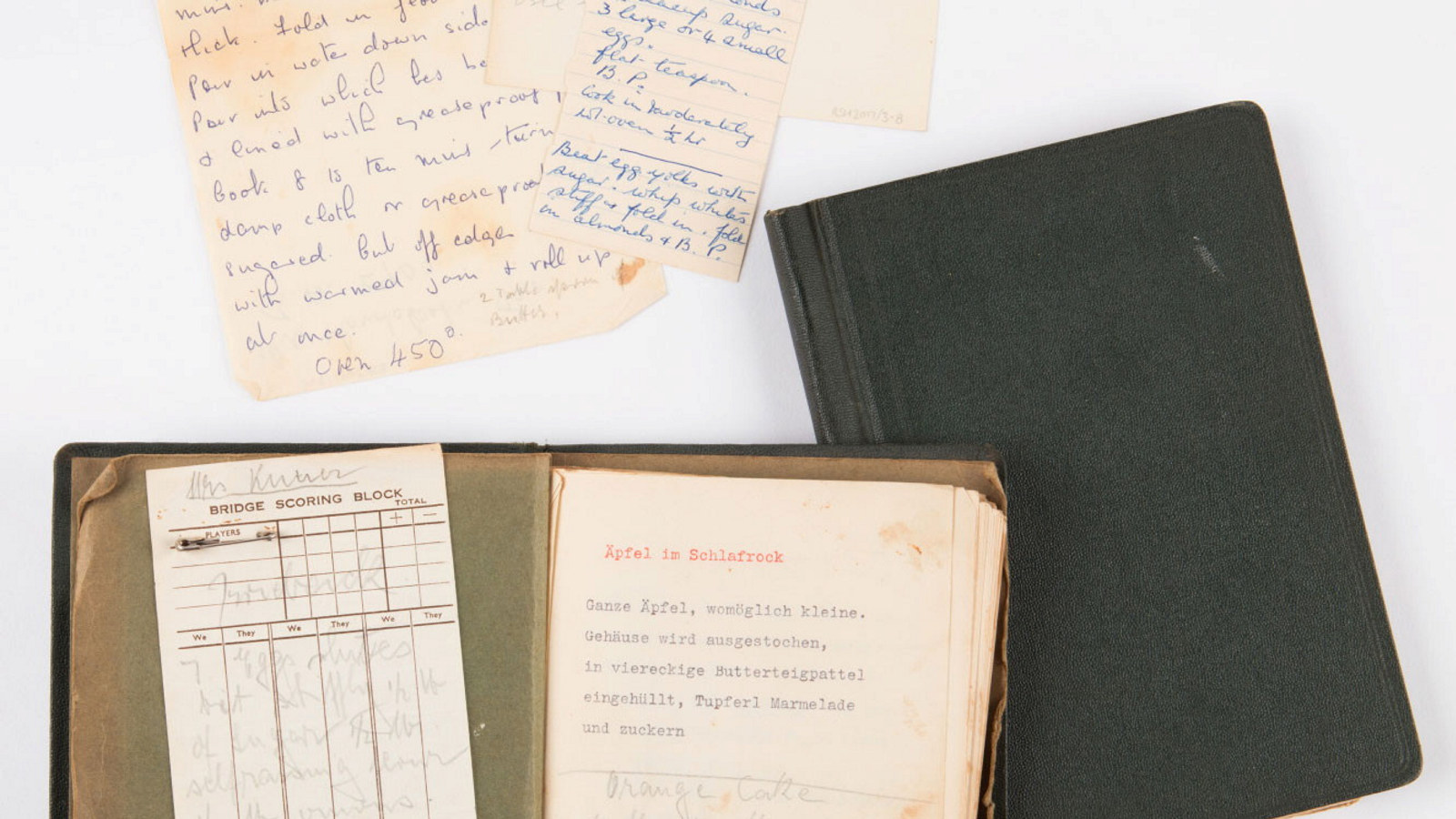
Cook & Curator
Translating tastes: the Rose Seidler recipe collection
Recently translated from the original German, recipes kept by Rose Seidler provide valuable insight into her culinary heritage and Austrian identity
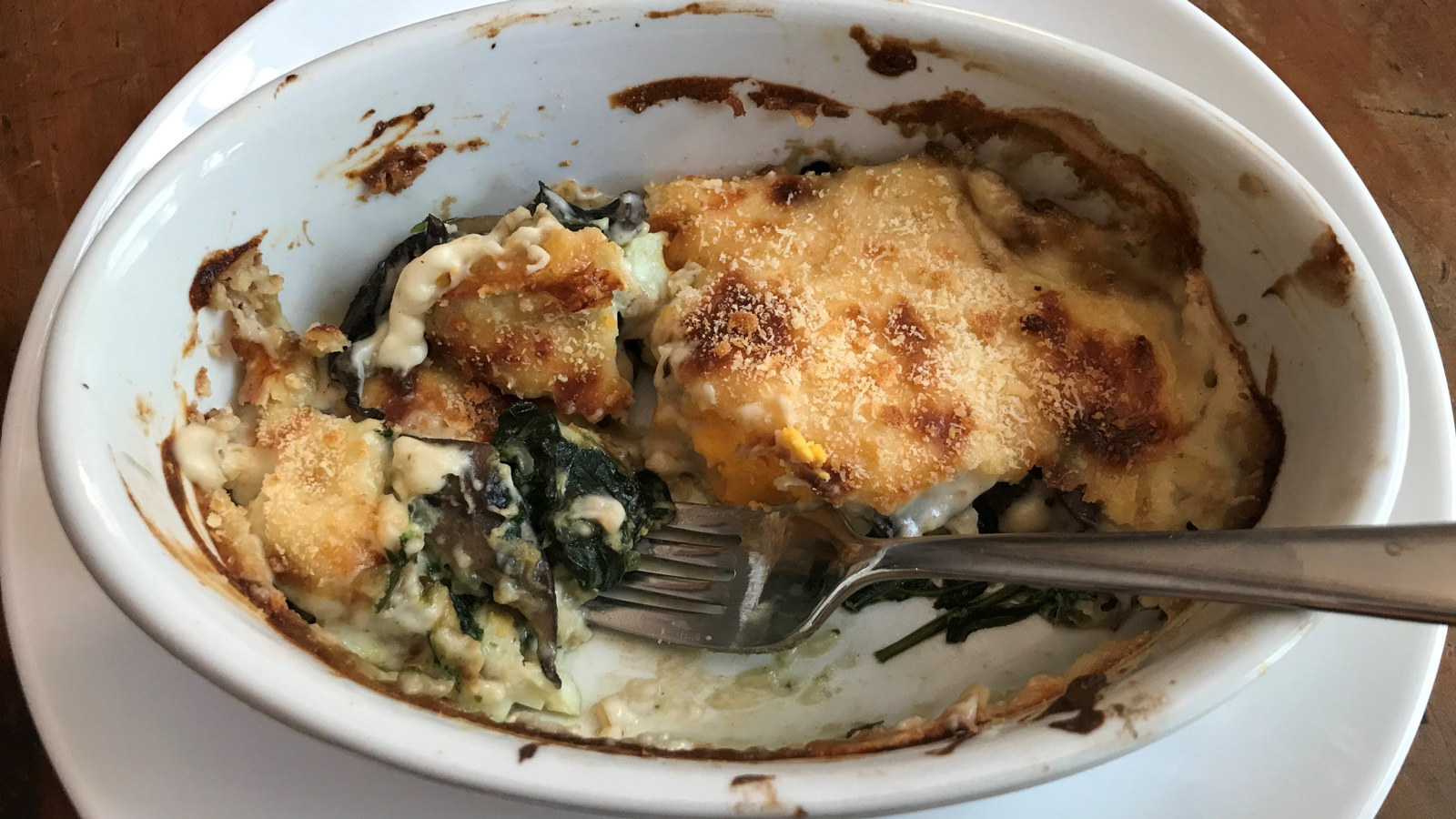
Cook & Curator
Eier auf Florentiner Art (Eggs Florentine)
This classic recipe is simple to make yet rich and flavoursome. Perfect for a weekend brunch or a light supper
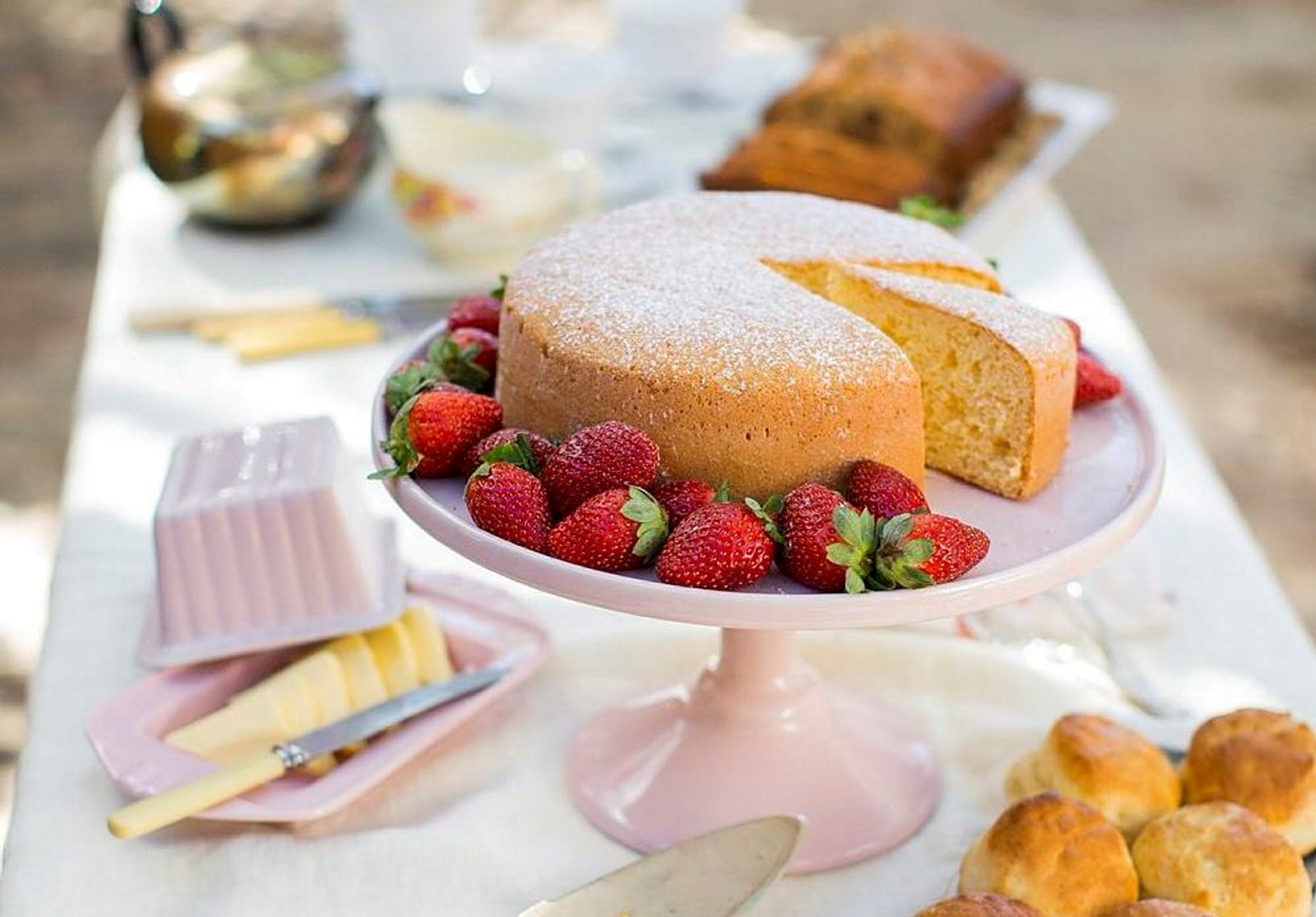
Reviving an heirloom recipe
Wedged between the pages of an old family cookbook is a manuscript recipe for Meroogal Sponge
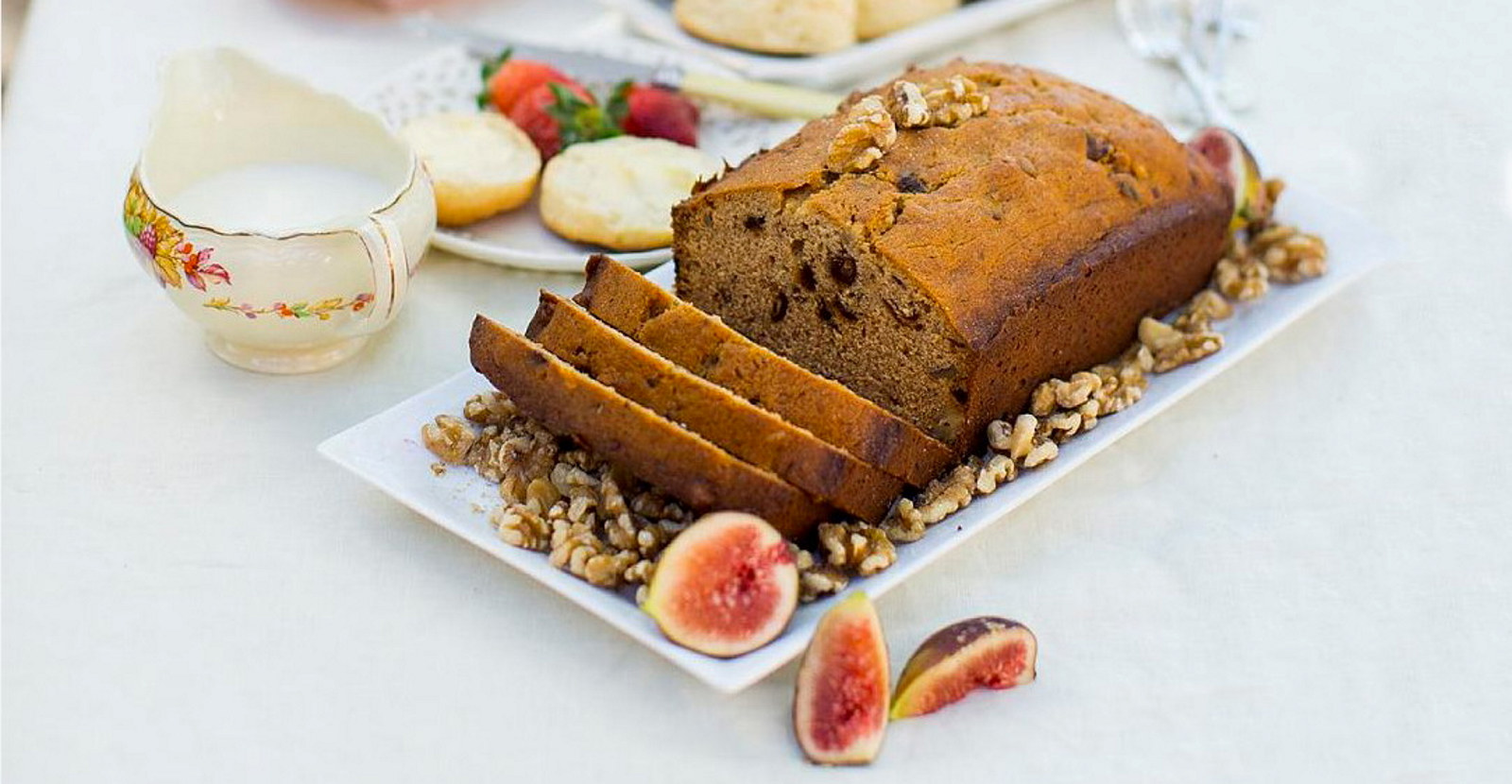
A manuscript cookbook from Meroogal
Cooking was an integral part of the rhythm of life for the family at Meroogal, near Nowra on the south coast of New South Wales
